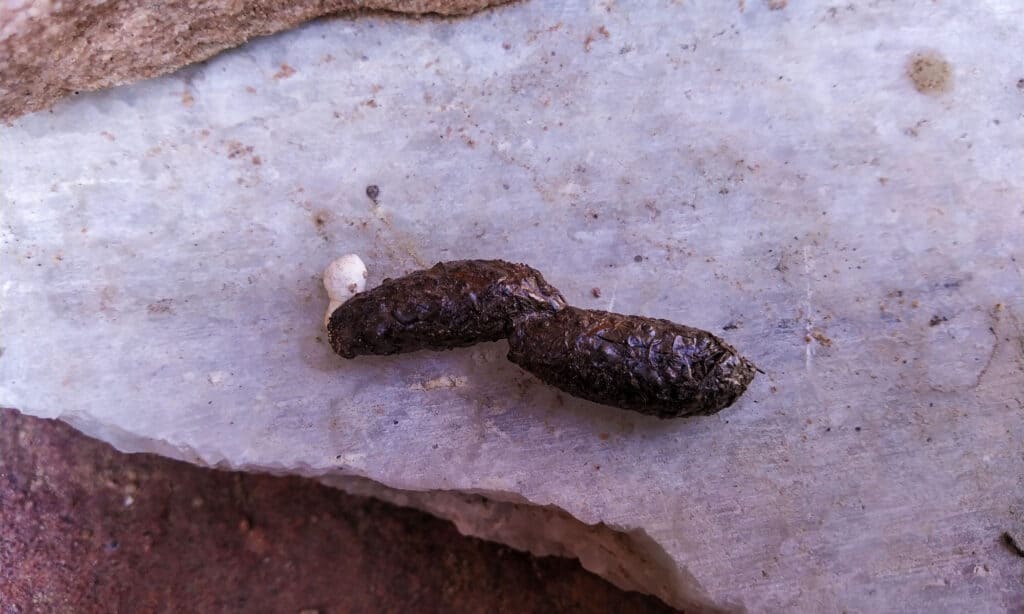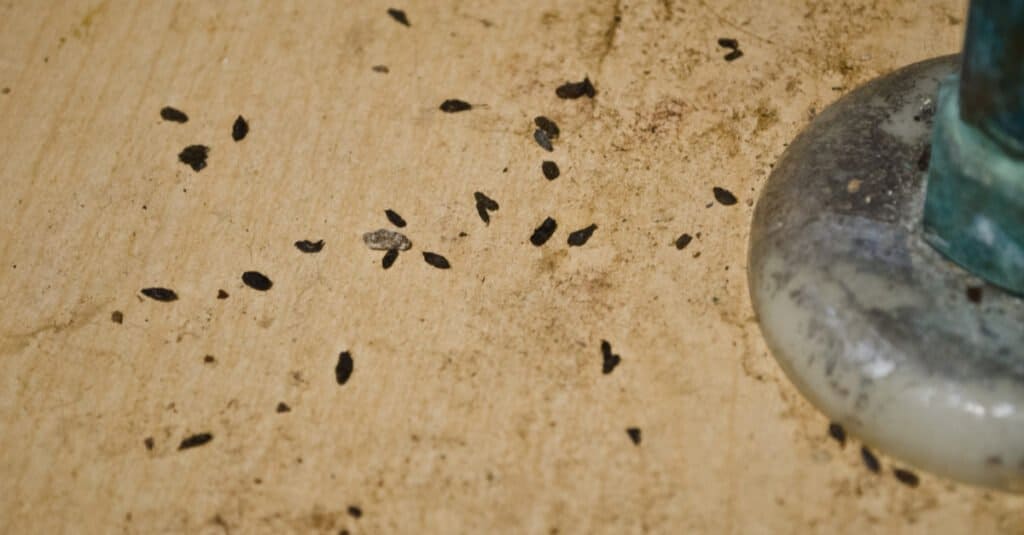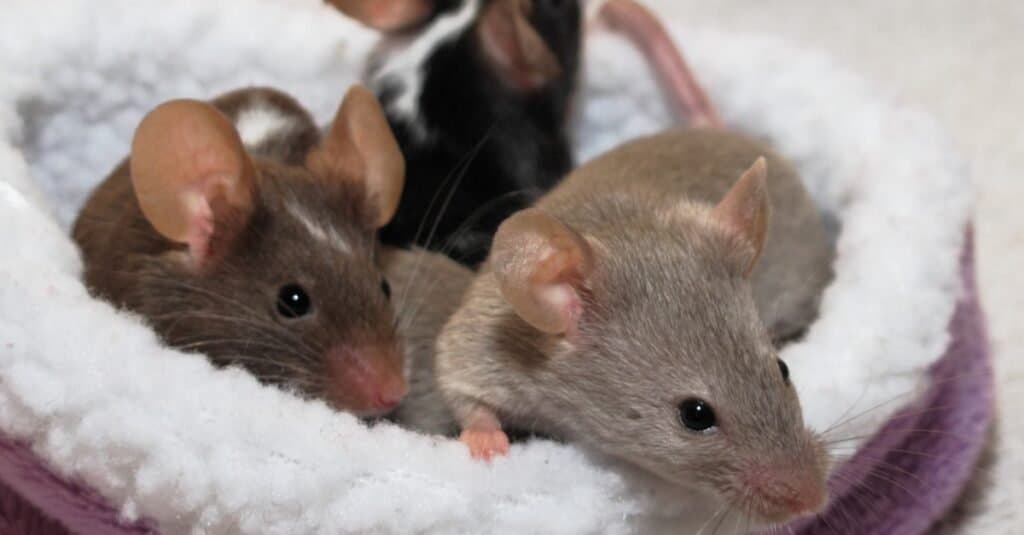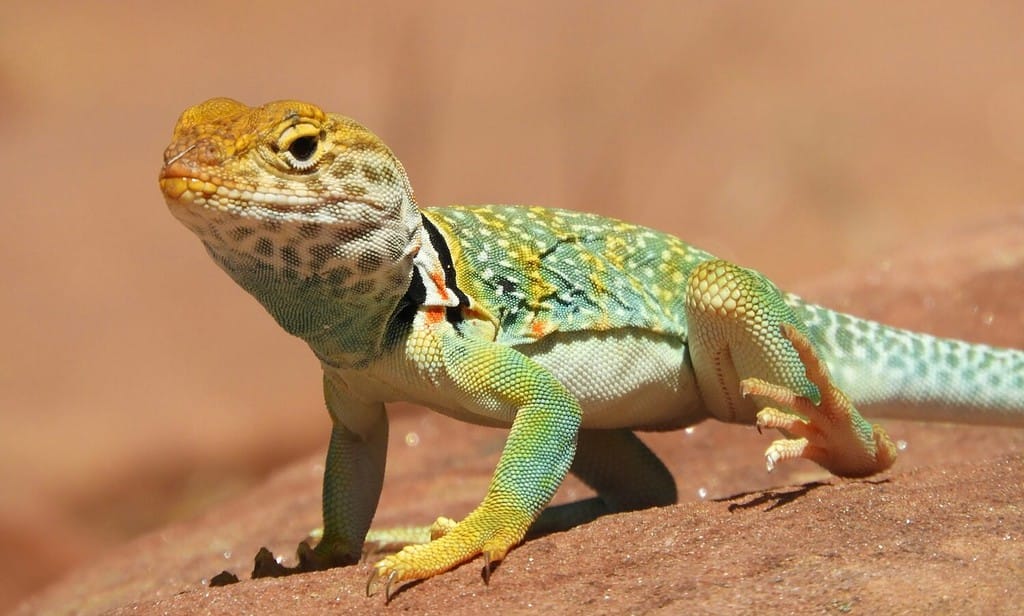Have you ever stumbled upon tiny droppings of animal excrement and wondered what type of creature could be responsible for leaving their poop behind? Of course, you clean it up, the incident fades from your mind, and you go about your day as usual. So why would it be important to identify the difference between lizard and mouse poop? Well, for starters, performing a thorough sweep of your home will determine if you have any underlying pest issues you might be unaware of. For example, mouse droppings would require immediate action as this issue could escalate into a full-blown infestation. While on the other hand, discovering lizard feces may require blocking entry points, such as gaps and crevices, as this would prevent them from entering your home environment.
In this blog post, you will discover the key differences between lizard and mouse poop, including its appearance, size, and color. You will also learn about why their poo is dangerous and how often they secrete their fecal matter.
What is the Difference between Lizard poop and Mouse poop?
When comparing lizard and mouse feces, each displays differences in both appearance and texture. While lizard waste exhibits a dryness that often results in crumbled bits of stool, rodent fecal matter maintains compactness throughout its form. This contrast reveals key markers for identification purposes.
Lizards’ poop texture is opposite to rodent species because their digestive system has the ability to produce uric acid rather than urea. This process leads to a less watery excretion that contrasts with a wetter heavier waste expelled by mice through the formation of urea.
Lizard Poop: Appearance, Size, and Color

©Suthar Naveen P/Shutterstock.com
The characteristics defining lizard poop are based on a given species type and diet. However, the appearance of its excrement displays an elongated shape with rounded edges forming lengths of 1/8 inches long, which is quite fascinating if you think about it!
As for coloration variations, you’ll notice light brown shades and sometimes grey or white droppings. Studies indicate that the color and consistency of lizard excrement are associated with their dietary habits. In addition, lizards that consume plenty of insects tend to produce stickier and darker feces than those that primarily feed on vegetation resulting in fecal matter that’s dry and lighter in color.
Mouse Poop: Appearance, Size, and Color

©Pegasene/Shutterstock.com
Even a seemingly insignificant mouse poo can provide crucial information about these rodents. Different species of mice may produce varying appearances in their waste depending on their diets and health factors. In fact, the presence of oils in a mouse’s diet contributes to the shiny appearance of its droppings. As a result, mouse poop displays a small pellet shape with tapered ends while possessing a dark brown or black color. Although larger variations may exist, these pellets range from ½ to ¼ inches in length.
Another distinguishing feature is the sharp and musky smell emitted by these droppings, which tends to be particularly strong in areas where there are many accumulated.
How often do Lizards and Mice poo?

©Standa Riha/Shutterstock.com
Multiple aspects can affect how often lizards or mice pass fecal matter. These elements involved their overall body size or weight as well as what types of food they consume on a regular basis.
Lizards are known for their fast metabolism, which results in them passing feces quite frequently throughout the day – sometimes even more than once! Its fast metabolism serves an essential purpose as this process removes toxins and maintains balance within their bodies. However, the amount of poop that gets secreted per day is determined by environmental variables such as temperature and humidity levels as well as how active they are during the day. Therefore, these creatures produce less waste, especially when in hibernation.
Regarding pooping behavior in mice, they generally don’t produce as much waste as lizards. Rodents tend to excrete feces once or twice each day. Nonetheless, the amount of excrement produced is based on what food gets consumed and how much they eat. Specifically, high-fiber diets result in larger and more frequent bowel movements, while a primarily protein-based food intake causes less waste production overall.
Are Lizard and Mouse Droppings Dangerous?

©PDeluca/Shutterstock.com
It’s vital to be careful around droppings from both lizards and mice. Because their waste products contain hazardous bacteria and pathogens, these can lead to illness if not handled appropriately. You may not have known this before, but lizard feces pose a threat of transmitting Salmonella. It’s a harmful type of bacteria that can result in severe digestive problems for people who come into contact with it. In addition, anyone who handles these reptiles’ waste directly or via contaminated surfaces could contract the bacteria and suffer from the associated illnesses.
Mouse poop also poses a potential health hazard. This is because these small pests often carry dangerous bacteria and viruses, which can cause various illnesses in humans. For instance, Hantavirus is a potentially fatal disease that gets transmitted through contact with mouse droppings or urine. Furthermore, mice can carry E.coli and Salmonella, which are types of bacteria capable of inducing food poisoning or gastrointestinal disturbances.
To avoid potential dangers arising from lizard and mouse excrement, one must take necessary safety measures when dealing with these creatures and their waste. These include using protective equipment such as gloves and masks while cleaning up after them, followed by rigorous hand hygiene practices using soap and water.
The post Lizard Poop vs Mouse Poop: How to Tell the Difference appeared first on AZ Animals.
from Animal News, Facts, Rankings, and More! - AZ Animals https://ift.tt/7yQXELC